History/driving impressions originally published in AutoWeek March 11, 1985
There is something there that loves an Alfa Romeo Giulia Spider. There is an aura, a certain magic, even in the words, that arouses emotion, a definable affection that can be spoken only in Italian: Simpatico.
One not need speak Italian to know the meaning of that one word. (Assuming, of course, that it is Italian. If it isn’t, it should be).Even for those whose fluency in the language is limited to gestures—which is admittedly half the battle—the meaning comes across clearly, even when attempts at definition fail. It is this same primal understanding that is embodied in an Alfa. And nothing says Alfa like a Giulia Spider.
The Giulia (say “Julia”) Spider, which first appeared in 1962, had an origin dating back to 1954 with the introduction of the Giulietta Sprint. The “little Giulia” sedan was the first of the modern generation of Alfa Romeo, a new era of modern realities that made the glorious but limited production supercharged racers and road cars of the ‘30s legends of the years that were, and not a part of Alfa’s postwar Italy. Production was the key to survival, and the Giulietta was the key to that strategy.
The Sprint was a coupe, and was also available as a Berlinetta, or sedan. Both were powered by a 1290cc aluminum alloy engine with classic double overhead cams and hemispherical combustion chambers, an engine with feet planted firmly in the past and the future. And, of course, in the rear of the Giulietta was Alfa’s best-in-the-world live axle.
Then came the Giulietta Spider. Pininfarina designed the elegant roadster body on a wheelbase five inches shorter than that of the Sprint, and in 1956, the first full year of production, more than a thousand were sold, out of a total for all Giuliettas of 9,477. The same year saw the Sprint Veloce variant, with more compression, carburetion and horsepower. Other improvements came during the following years. There was the sexy Sprint Speciale, an aerodynamic Bertone variant, and the Sprint Zagato, an aluminum-bodied racer. But through it all, it was the Giulietta, Little Giulia of the 1300cc.
Eventually it came apparent to Alfa Romeo that one and a third liters wan’t enough. The competition was beginning to catch up. So Alfa did the natural thing. It got a bigger engine. Boring out the DOHC four to 78mm (from 74mm) and stroking it from 75mm to 82mm, Alfa came up with a displacement of 1570cc. The first chassis to get the new, bigger engine was the Giulia TI sedan, the “etta” diminutive having been dropped as the Giulietta came of age. It was 1962,
Naturally, Alfa wasn’t long in installing this new engine in the Spider, whose Pininfarina-designed body was unchanged as the engine displacement grew. Alfa spotters, however, could quickly note the difference. The Giulia Spider received a bogus hood scoop, actually a chromed embellishment of a power bulge made necessary by the greater deck height of the 1570cc engine. Actually, with care it is possible to put the bigger engine in older cars, even without the bulge, but for production the reshaped metal was necessary to allow for manufacturing variances.
The engine came in two guises. The first was the 92-HP “Normale” version, with a progressive two-barrel downdraft Solex carburetor and 9.0:1 compression. The second was the “Veloce”—veloce (say veh-LOW-chay) means “fast” or “quick” in Italian, and in Italy, there’s always a Veloce version. It didn’t appear until 1964. Those who waited, however, got 112 horsepower from their engines, thanks to dual-twin throat Webers, hotter cams and a 9.7:1 compression ratio. Regardless of engine, the car came with a five-speed.
The 1962 Giulia belonging to Dan Braudrick of Springfield, Virginia, is perhaps one of the healthiest Spiders in the country, as proven by its first-place finish in the concours at the Alfa club’s 1983 convention. It’s a Normale, of which Alfa made 9,250, compared to the 1,091 Veloces—which it’s not the quickest but it’s what most folks had. And, as Braudrick points out, his is white, like the Giulia in the Alfa ads of the time.
What a marvelous engine. Of course, it’s a delight just to look at, with its double overhead cams connected at the front by a bulge for the cam chain, neatly lettered with “Alfa Romeo” in raised script in aluminum. The air cleaner, a cylindrical canister, resides on the left side of the engine and is connected to the downdraft Weber carburetor on the right by a pair of pleated hoses. Why two hoses were necessary is anyone’s guess, since they leave from the same place and go to the same place. Perhaps an accommodation for dual carburetion?
Not only does the engine look good, however, it sounds and feels good as well. The Giulia engine—any Alfa engine, actually—simply sounds like an engine should. It makes no noises it shouldn’t, and makes all the noises it should. If that seems trite, like you’ve heard it somewhere before, it’s only because it’s true.
Underway, the engine pulls willingly and revs freely. It’s an engine that requires that one observe the tachometer, because it’s all too easy to spin it right past the 6200 rpm redline. But then, the redline is just another excellent reason to use the gearbox. For the Giulia, an extra gear was added atop the Guilietta’s four-speed, with fifth a 0.79:1 overdrive. The gearshift has that peculiar-to-Alfa long shaft that doglegs back from a rather far-forward floor mount. After a moment’s readjustment to the up-and-down shift pattern, one is ready for any excuse to shift gears, such is the feel of the lever.
The engine is niggardly with these opportunities, however. The four feels torquey and pulls smoothly off the bottom. What it isn’t is blindingly fast. Quarter-mile times tested at around 19 seconds for the trip, and zero to 60 is a 12 second affair. Just about any modern econobox can better those times—though they were nothing to be ashamed of at the time—but the question is really qualitative: Which would you rather have, a Polaroid snapshot or a good oil painting?
Cars like this exist for more than showdowns at the stoplight corral, though. A drive in the Alfa inspires comments like “balance” and “coordination.” Suspension on the Giulia Spider, as on all the Giulia/Giulietta cars, is by A-arms and coils up front and the typically superb Alfa live axle at the rear. This axle, which is good enough to make one wonder why independent suspension was ever invented, is located by a single lower radius rod on each side and a triangulated upper arm that connects to the unit body chassis at two points and to the axle just left of the differential. Rear springs are coils as well. Again, modern designs may pull higher G’s on the skidpad, but few will inspire the confidence at the limit as this Alfa does.
Like the suspension, the Giulia Spider’s brakes are a case of well-developed older technology performing as well as newer devices. They are Al-Fin drums with triple leading shores up front and are as strong, smooth, straight and fade resistant as any disc of its time.
One finds oneself motoring faster than it feels. The speedometer is given second billing on the Spider’s dash, the tachometer given a central position, and the balance encourages one to ignore the speedo anyway. Putting the top down on the Alfa on a summer evening will get you closer to nature than a whole stack of Ansel Adams photos. The exhaust burbles and snarls and roars. Traffic on a winding two-lane road—sports car stuff—more quickly becomes a bother with the Alfa than with lesser vehicles simply because the Alfa moves so well and is so easy to control. It’s that simpatico we were talking about, Italian as soft leather, food flavored with spices that were worthy Marco Polo’s travels to China, and women that the pinch was invented for. It’s a feeling of wholeness, of completeness that you can’t get from a lifetime of California Oceanside seminars. Maybe it’s magic, maybe it’s soul, maybe it’s just metal and plastic and rubber put together in a very special way. Whatever it is, there’s something there that very much likes an Alfa, and likes it very much.
A special not to those who might be offended, the women and pinch reference? That’s a consensual pinch, of course.
“Simpatico” of course is Italian, and the translation to English is most commonly “nice,” though “pleasant” and “likeable” will also be found. There really is no direct English equivalent, just as there is no English or American equivalent to the Alfa Romeo Giulia.






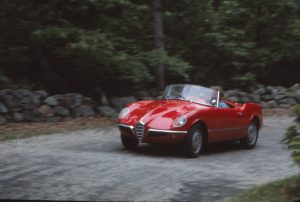
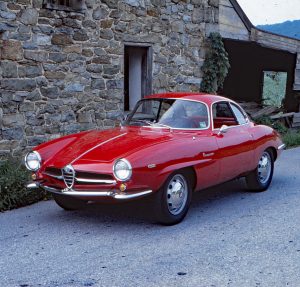
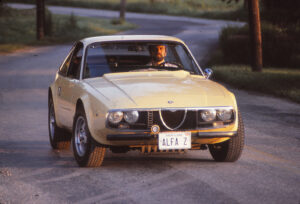

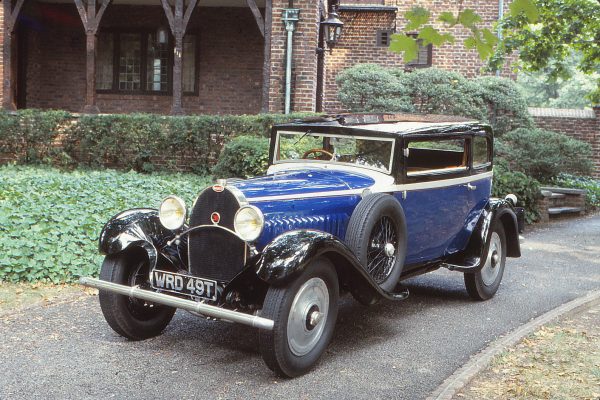

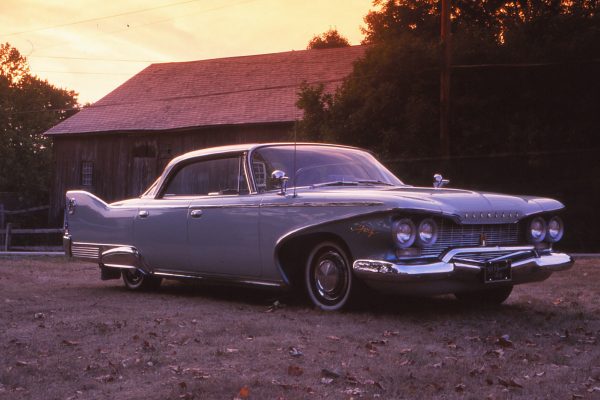
What Do You Think?
You must be logged in to post a comment.